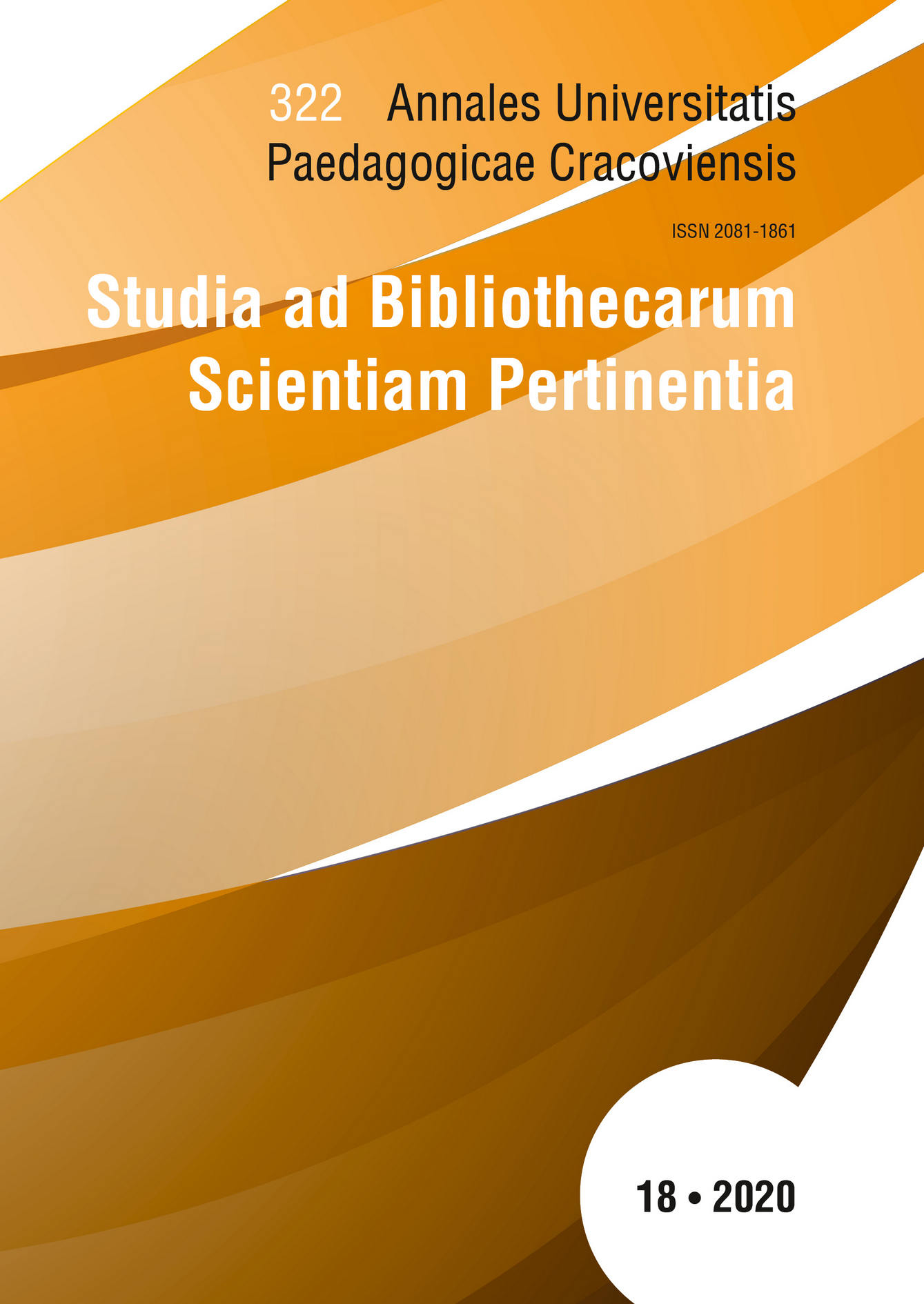National heritage protection programs
DOI:
https://doi.org/10.24917/20811861.18.15Keywords:
Digitalization; maintenance; protectionAbstract
The conservation and preservation of library collections are conducive to the preservation of world cultural heritage. The goal is to develop a program or project that protects library and archival collections according to their condition, character, and age. It should be noted that the scope of the work will be different for different types of documents, such as books, graphics, archival collections, or manuscript codes with colorful illuminations. Other efforts must be made in cases of urgent intervention for large numbers of sources. Thanks to adequate funding, comprehensive protection and preservation of selected library collections are aspects of the cultural heritage protection program in Poland. Procurement funds will equip conservation workshops with suitable tools, materials, and reagents to carry out conservation work. They will also provide training activities for the personnel who specialize in the day-to-day protection and conservation of collections. There is also the possibility of establishing international cooperation, which will be described further in this text.
References
Barański, A., Grochowski, J. Nalecz, D. (1998). Memorandum on the need to save the heritage of Polish culture in libraries and archives of the 19th and 20th centuries. Archeion, no 99, pp. 21–35.
Barański, A., Grochowski, J. Zamorski, K. (2000). Calendar and implementation guidelines for a multi-annual government program for 2000–2008. Acid paper. Rescue on a mass scale of endangered Polish library and archives resources. Conservation Notebook, no 4, pp. 11–16.
Czajka, A. (2010). Rules, principles and standards for the protection of archival collections. What they contain, what they do not have and how to use them. In: A. Czajka (ed.), Between theory and practice Protection of collections in small libraries and archives (pp. 84–104).
Deventer, R., Havermans, J. (1995). A comparison of three durability standards for paper. Restaurator, no 16, pp. 161–174.
Digitization program. Downloaded from: http: //www.nac.gov.pl/wpcontent/uploads/2015/05/Program-digitalization-2009-2020-1.pdf (18-01-2021).
Digitalization. Downloaded from: http: //www.home.umk.pl/~koma/Digitization%20w%20USA.htm (18.01. 2021).
Januszko-Szakiel, A. (2005). Open Archival Information System – standard for archiving electronic publications. Library Review, no 3, pp. 342–349.
ISO Standards. Downloaded from: https://www.iso.org/obp/ui/#iso:std:iso:9706:ed-1:v1:en (18.01.2021).
Kowalska, M. (2005). Digital protection of humanity documentary heritage in the programs and guidelines of the European Commission for Protection and Access, IFLA and UNESCO. Library Review, no 2, pp. 186–189.
Stachowska-Musiał, E. (2007). Library Protection Policy in the Modern World. Conservation Notebook, no 3, pp. 10–13.
Stachowska-Musiał, E. (2007). International cooperation and dissemination of modern methods of library collection’s protection. In: B. Drewniewska-Idziak (ed.), Keep the Past for the Future: Modern Technologies for Preservation of Library Collections, Materials from an International Seminar (pp. 115–129). Warsaw.
Stępniak, W. (1994). Program UNESCO Memory of the World. Archeion, no 93, pp. 123–135.
Downloads
Published
How to Cite
Issue
Section
License
Copyright (c) 2020 Annales Universitatis Paedagogicae Cracoviensis | Studia ad Bibliothecarum Scientiam Pertinentia

This work is licensed under a Creative Commons Attribution-NonCommercial-NoDerivatives 4.0 International License.

